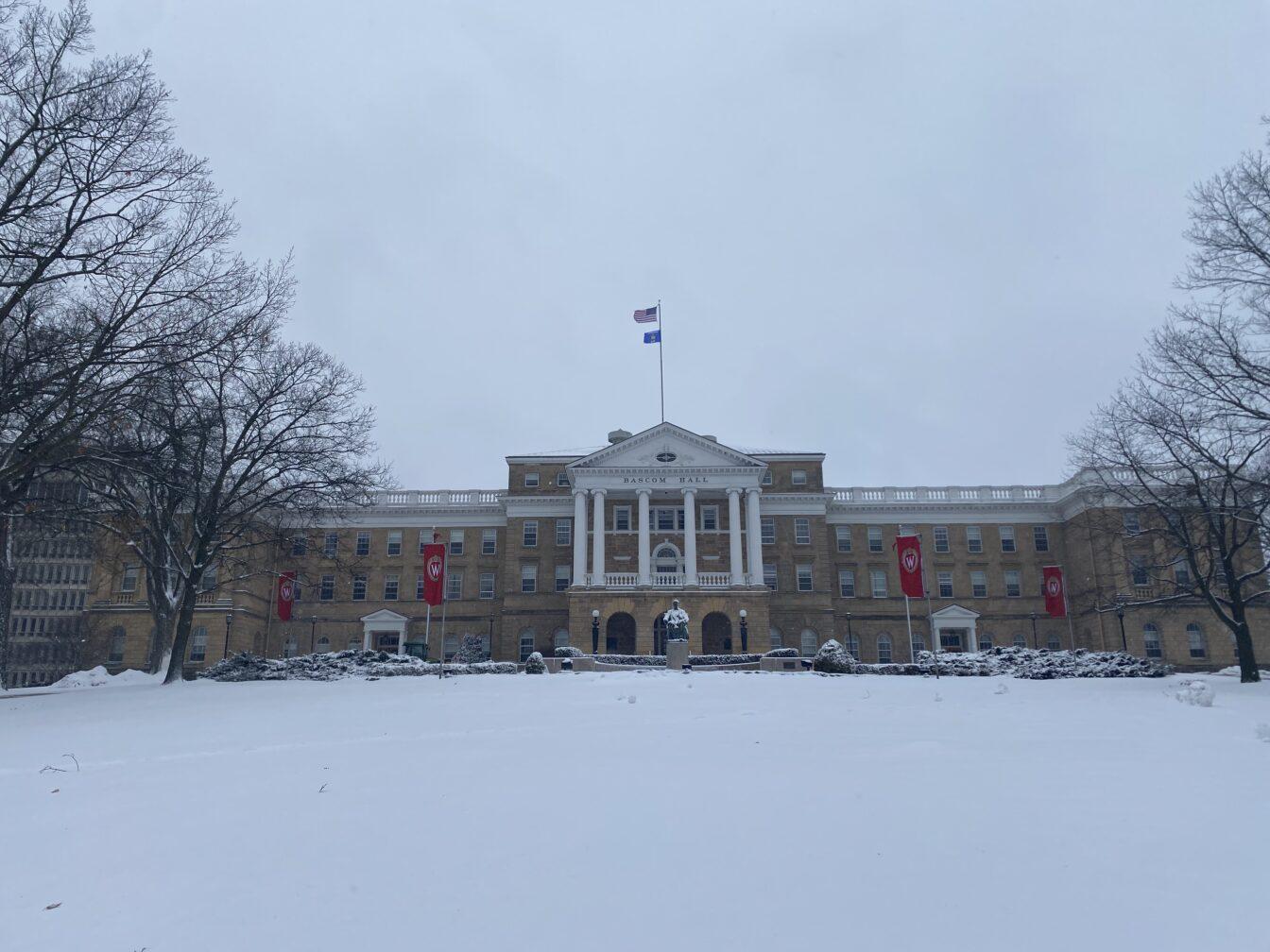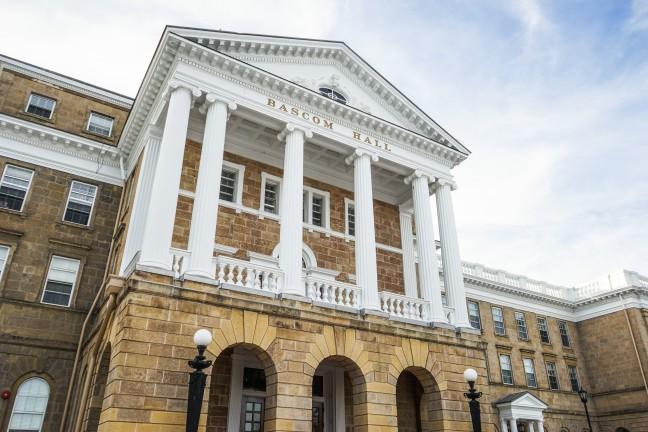Editor’s Note: This editorial was written by Celia Hiorns and Janani Sundar, with contributions from other editorial board members.
Feb. 13, a gunman opened fire at Michigan State University, killing three students and critically injuring five others before dying of a fatal self-inflicted gunshot wound.
Though every news outlet and social media platform in the U.S. is heavily reporting on the tragedy, the MSU shooting is hardly an isolated incident and shouldn’t be treated as one either.
Though 2023 has barely begun, there have already been 74 mass shootings in the United States as of Feb. 16, according to Gun Violence Archive. Thirty children and 206 teens have been killed this year alone as a result of mass shootings.
It is disheartening to think that the U.S. is moving toward a place where these alarming statistics are being treated as mere numbers and another news story rather than the irrefutable proof of the flawed system and the desperate need for increased gun control in this country.
The Badger Herald Editorial Board: Fall 2022 stories to watch
Despite the clear need to address the problem, the politicization of gun violence has led many to refuse the adoption of common sense gun regulation. Republican politicians continue to refer to the Second Amendment in support of people’s right to own firearms in order to protect themselves when the topic of gun control is brought to the table.
Historically, the Founding Fathers created the Second Amendment in the context of using guns for militia services as they were concerned about state militias being disarmed. An individual’s right to use guns as a means of self-defense was never explicitly stated in the Constitution or interpreted that way until 2008.
In 2008, the landmark case District of Columbia vs. Heller revoked the District’s handgun ban after the Supreme Court ruled that the clause with the term “militia” in the Second Amendment is merely prefatory, and the term should not be limited to only those serving in the military. This set the precedent that Americans have a constitutional right to own guns in their homes.
The meaning of the Second Amendment that had remained largely undisputed for 200 years didn’t change overnight to a broader interpretation — in fact, the National Rifle Association had a large indirect influence in the Supreme Court decision.
Today, the NRA stands as one of the most influential lobbying groups in U.S. politics, pouring exorbitant amounts of money into influencing Congress members on gun policies.
According to Open Secrets, the NRA officially spent over $2.5 million dollars in 2022 in lobbying efforts, with over $14 million dollars going towards outside expenditures. Reportedly, over $600,000 of the funds went to candidates through PACs, with Sen. Ron Johnson (R-Wis.) being one of the top recipients.
However, the NRA spends significant amounts of money beyond what is officially recorded which are difficult to track.
Funding is not the only way the NRA influences gun policies. Membership within the NRA has profound effects on gun policies — many members are high-profile politicians who have the power to vote one way or another solely as a result of their membership.
The MSU shooting cannot be just another statistic. Simply put, there needs to be more gun control implemented on a federal level. This starts with proposing new legislation that imposes restrictions on individual’s rights to own guns in their homes.
The argument that more guns make the country safer proposed by opponents of gun control is simply not true, as evidenced by gun ownership rates and gun-related homicide rates in countries comparable to the U.S. The ratio of 120.5 firearms per 100 American residents dwarfs gun ownership rates in any other country. Subsequently, almost 53 people are killed every day by firearms in the United States. That means that 79% of all homicides are gun-related, compared to 37% in Canada, 13% in Australia and just 4% in the United Kingdom.
Before gun control legislation can even be considered by politicians, however, the influence of the NRA on politics and politicians needs to be curtailed. There needs to be stricter regulations on how much organizations such as the NRA can contribute to politicians and political campaigns.
In attacks like the one at MSU — and others involving seemingly random gun violence — the broader circumstances of America’s failed gun control reform lurks beneath the surface. For this reason, many can’t help but draw parallels between Michigan State University and our own University of Wisconsin.
Both are high-profile, Big Ten schools. The campus areas of both schools are population dense — Michigan State had a fall 2022 enrollment of 50,023, while UW enrolled 49,886. Further, one of the fatal attacks occurred in Michigan State’s student union building. This building has places to eat, study and participate in various campus events and activities — not unlike Memorial Union in Madison, or the kind of gathering space common at many universities across the country.
The national devastation over the shooting at Michigan State University is derived partially from the unsettling reality that tragedies like these could happen anywhere.
In response to the MSU shooting, the UW Police Department released a statement in their Feb. 17 newsletter. After a brief reference to the shooting at Michigan State, the newsletter reminds the UW community that in the case of an attack, they must remember to “RUN, HIDE, AND FIGHT.”
“UWPD officers train regularly for responding to active threat situations,” the newsletter says. “You can also empower yourself by knowing what to do if you’re ever faced with an active threat.”
The UWPD newsletter also links to the “Active Threat Response Guide,” which contains guidance for how civilians should respond in the context of an active shooter situation, but lacks clear information about how campus police are preparing for these events themselves.
The “Run, Hide, Fight” protocol — which was also passed on at Michigan State — was developed by the Department of Homeland Security, and is standard practice for many organizations across the country. Proponents of this protocol say active shooter situations can be unpredictable, so being prepared to respond in different circumstances can help improve one’s chances of survival.
According to the Washington Post, this mantra is not universally well-received. Many find this guidance disturbing — a disheartening reminder of the uncontrollable state of violence in the United States. Twitter users describe this advice as “not normal,” and “sickening.”
But inherent in this advice is also a troubling attitude toward the broader context in which gun violence is situated. Gun violence is not an inevitable side effect of a functioning society. As evidenced by NRA politics and the state of gun ownership, the United States is an anomaly of gun violence.
The Badger Herald Editorial Board: Six issues our next chancellor can’t afford to ignore
In Canada, for example, the Legislature passed a ban on over 1,500 models of assault-style firearms immediately following a mass shooting in Nova Scotia in April 2020. According to the legislation, the ban “provides practical, targeted, and measured steps to help keep Canadians safe.” While this has not yet been exemplified in the United States, it is possible to enact prompt, common sense gun control legislation to address the root cause of such violent attacks.
With this global context, guidance that tells people to “Run, Hide, Fight” feels dismissive of available solutions, and communicates an unwillingness to address the systemic factors that contribute to such widespread gun violence.
We’re tired of hearing how to best prepare for an active shooter situation if we’re also not being told what the government is doing to address the firearm epidemic. We’re tired of hearing how to best disarm an attacker if we’re also not being told what exactly law enforcement is doing to train for these situations.
In the response from the UWPD, there is a critical disconnect between what their training and response efforts look like and the communities they are charged to serve. If students are told to “Run, Hide, Fight,” we want to know exactly how law enforcement is working to integrate themselves into a safe university community.
In order to feel on campus, students deserve a sense of transparency with how law enforcement is preparing to respond to active shooter events. We should also feel assured that law enforcement is aware of the systemic factors that contribute to gun violence and are using their social power to advocate for conditions that will address this problem at its root.
If students felt that adequate resources were being allocated toward eliminating gun violence from the source, maybe “Run, Hide, Fight,” wouldn’t feel so derisive.


















